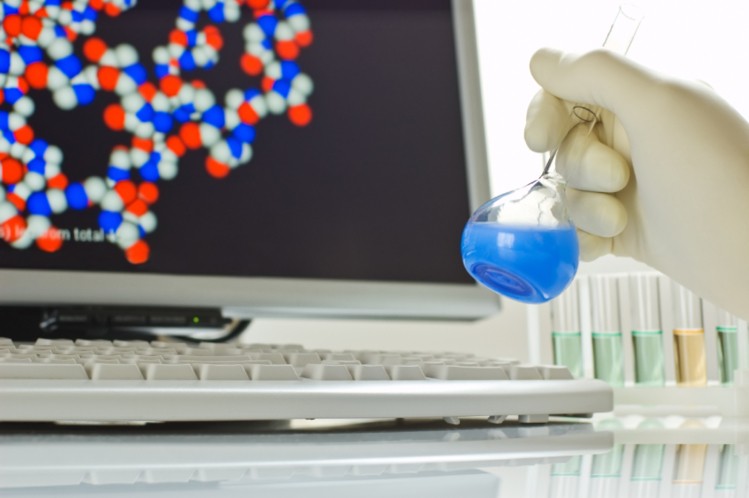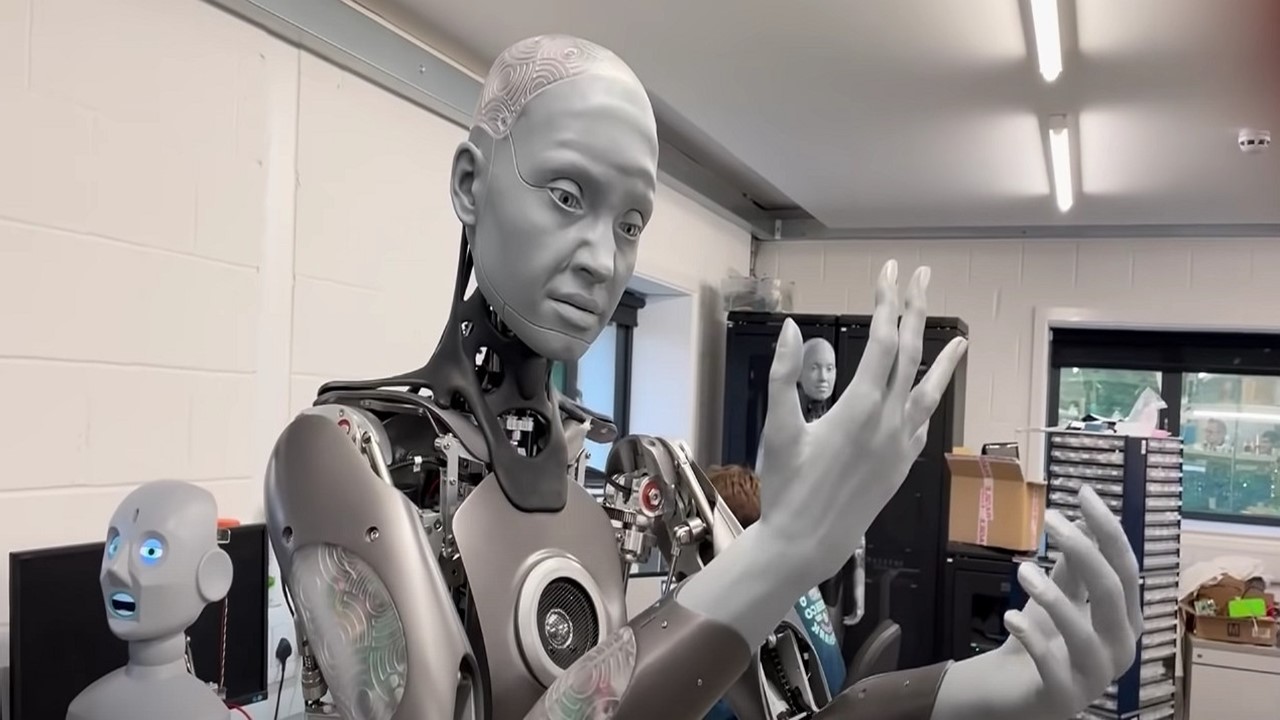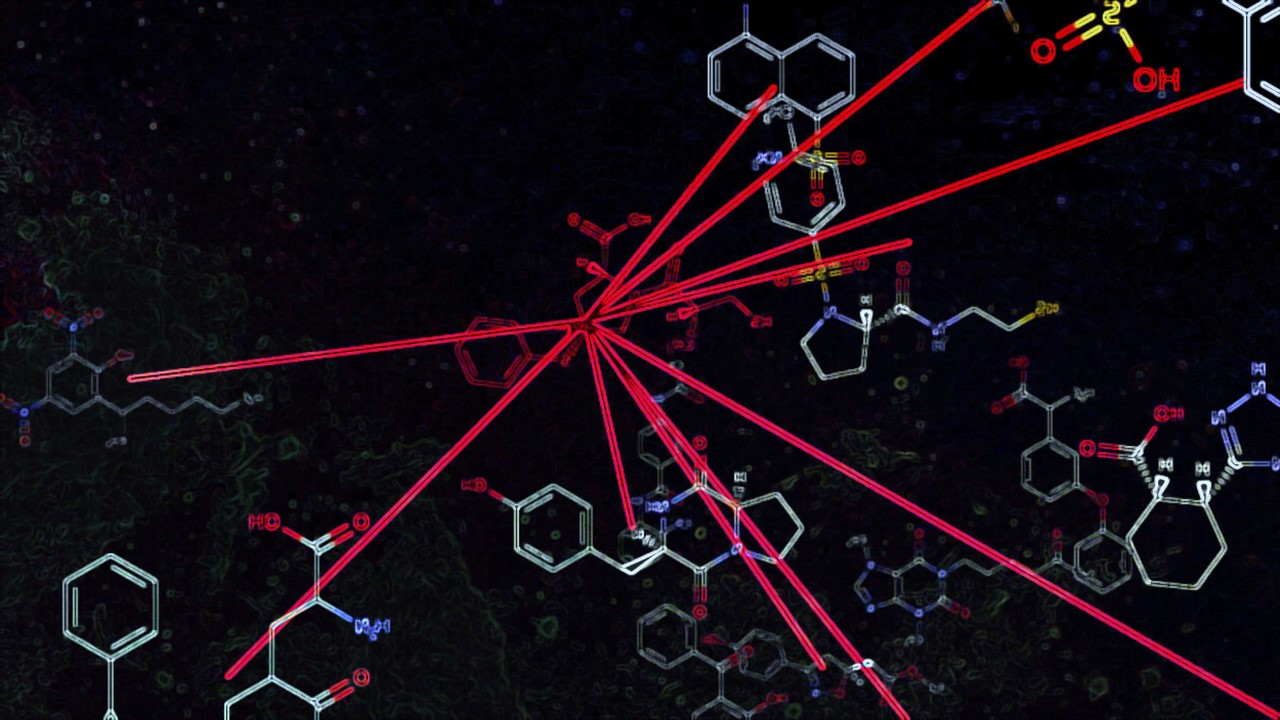
In silico models are computational simulations of a complex system in the form of equations or rules. In silico computational models provide the tools to qualitatively and quantitatively evaluate various treatments on specific diseases and to test a larger set of different conditions (e.g. dosing). These models are abstract representations used to model human diseases, a concept which is often limited by in-vitro/vivo techniques.
These types of models are becoming increasingly popular within the pharmaceutical industry drug development especially. Computer-aided drug design (CADD), for example, is a group of in silico methods which offer a cost-effective way of identifying drug candidates. The ligand-based design of CADD uses reference structures collected from the compounds known to interact with the target, and analyses their 2D/3D structure.
The benefit of using CADD methods is that they offer a higher probability of identifying compounds with the desired properties, increasing the chance of a compound overcoming the barriers of preclinical testing. As the number of in silico applications expands across drug development, pharma companies are learning the potential they have within R&D.
Replace, reduce, refine
The three ‘R’s are guiding principles that form the foundation of research involving animal models. Replacement can be defined as “methods, strategies or approaches which do not involve the use of live animals”. Reduction covers any approach which involves fewer animals used to achieve the same objective e.g. avoiding the subsequent use of additional animals. Refinement refers to the modification of procedures or care practices to experimental animals from birth to death, to ensure their physical and mental well-being.
Computer-based models and approaches, like in silico, have the potential to reduce the number of animals needed in a study and maybe one day, replace them entirely. The shift from animal models to computational versions has been a focus for the pharma industry for a number a important reasons:
• Animal welfare: While animal models continue to show great value in preclinical studies, concern for the mental and physical well-being has seen a number of companies diversify in alternative ways of modelling disease in order to reduce the number of animals used within drug development.
• Cost and time: The husbandry involved with animals in research can be extensive, requiring large, expensive buildings for their upkeep with resources like food and frequent care required. In addition, some animal models can take a long time to develop which slows down the drug development process and again increases cost. Epilepsy rodent models, for example, can sometimes take up to a year to develop pathological changes in the brain before experiments can begin.
In silico models address both of these challenges, and in terms of their role in drug development, this has recently been demonstrated in the fight against COVID-19.
In July 2021, a research team at the University of Waterloo developed computer models to help assess drug and vaccine efficacy against SARS-CoV-2. According to an article, the team used in silico experiments to model the human immune system in order to understand how it fights the virus. The in silico models were used to capture the impact of different treatments for COVID-19 that were used on patients in clinical trials, and found that their data was ‘remarkably consistent’ with those seen in humans.
The drug Remdesivir, an antiviral medication, was used on the computational model in some of the WHO clinical trials. Both the model and the human clinical trials demonstrated the drug to be “biologically effective but clinically questionable, unless administered shortly after viral infection”.
The ability to change the parameters of in silico models could prove to be useful in the future should additional variants of the virus arise. It would allow researchers to investigate the interaction between the immune system and the variants with regards to the level of risk for hospitalisation, and direction for treatment.
The comparable data between the in silico model and clinical trials is a very positive outcome, and has questioned whether in silico models could be integrated into clinical research which would be useful in times like the pandemic in which patient access to trial sites was hindered.
Virtual populations in clinical trials
A study this year found that an in silico model using virtual patients was able to replicate findings of evaluating a device used to treat brain aneurysms, as conventional human clinical trials.
This study in particular aimed to investigate whether in silico trials could reproduce the same outcomes of traditional clinical trials using simulations of the human populations that would be used. The virtual patient populations were developed from real, patient imaging data which went through the same inclusion/exclusion criteria as in a real clinical setting.
The results demonstrated that similar qualitative conclusions could be made about the performance of the medical device in both in silico trials and patient clinical trials. This is a significant finding that supports the application of in silico models in clinical research, especially because the comparative results were demonstrated in a neurological context which is arguably one of the most complex systems to model.
The benefits of in silico clinical research were echoed in the study and included:
• “Enabling more evidence to be obtained before bench or animal studies are started
• Extending the trial cohort to rare, extreme or difficult-to-recruit patient phenotypes
• Directly comparing two alternative treatments in the same virtual population (reducing the observed effect variance)
• Evaluating devices under practically challenging physiological conditions that could represent extreme but plausible applications (off-label use)
• Reducing the number of animals and humans required in trials, and the refinement of long-term studies to minimise suffering”
The use of virtual populations via in silico models remains relatively new and is still in the early stages of clinical research. Furthermore, one of the main challenges of integrating in silico models into drug development is that there are still very few databases available for newly developed drugs, which limits the use of in silico modelling, especially in the context of pharmacokinetics.
However, the findings from recent in silico trials show promise in addressing some of the challenges that arise in conventional clinical trials, in addition to the increasing number of companies utilising in silico to reduce the volume of animals in preclinical research for drug development.
Charlotte Di Salvo, Lead Medical Writer
PharmaFeatures
Subscribe
to get our
LATEST NEWS
Related Posts

AI, Data & Technology
The Power of Unsupervised Learning in Healthcare
In healthcare’s dynamic landscape, the pursuit of deeper insights and precision interventions is paramount, where unsupervised learning emerges as a potent tool for revealing hidden data structures.

AI, Data & Technology
Unlocking Intelligence: A Journey through Machine Learning
ML stands as a cornerstone of technological advancement, permeating various facets of our daily lives.
Read More Articles
Synthetic Chemistry’s Potential in Deciphering Antimicrobial Peptides
The saga of antimicrobial peptides unfolds as a testament to scientific ingenuity and therapeutic resilience.












